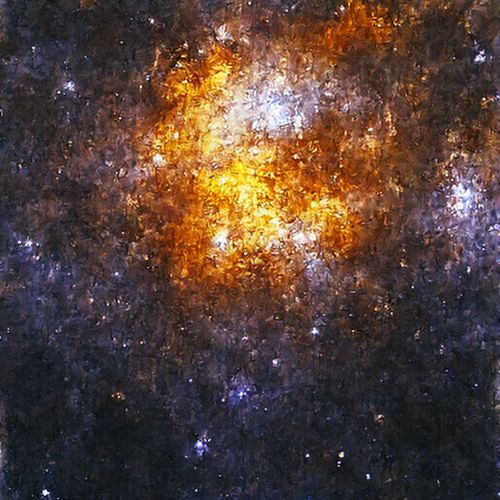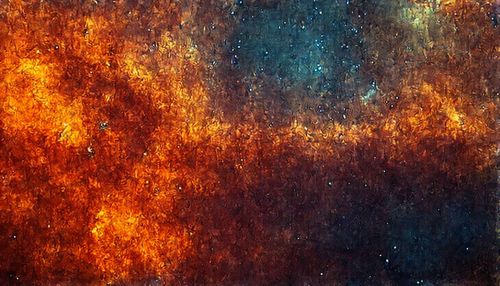Solar nebula
Overview
The solar nebula is a term used in astronomy to describe the gaseous cloud from which our solar system originated. This nebula was composed primarily of hydrogen, helium, and traces of heavier elements, and it was the gravitational collapse of this nebula that led to the formation of the sun and the planets.


Formation of the Solar Nebula
The solar nebula is believed to have formed approximately 4.6 billion years ago, a result of the collapse of a portion of a giant molecular cloud. The collapse was likely triggered by a shock wave from a nearby supernova, which caused a region of the cloud to collapse under its own gravity. As the cloud collapsed, it began to spin and flatten into a disk, a process known as accretion. This spinning disk of gas and dust is what we refer to as the solar nebula.
Composition of the Solar Nebula
The solar nebula was composed primarily of hydrogen and helium, with traces of heavier elements. These heavier elements, known as metals in astronomical terms, were likely the result of previous generations of stars that had gone through their life cycles and exploded, enriching the surrounding interstellar medium with these heavier elements.
Evolution of the Solar Nebula
Over time, the solar nebula began to cool and condense into solid particles, which collided and stuck together to form larger bodies known as planetesimals. These planetesimals then collided and merged to form protoplanets, which eventually became the planets we see today. The sun formed at the center of the nebula, where the density and temperature were highest.
Dispersal of the Solar Nebula
The solar nebula did not last forever. After about 10 million years, the nebula was dispersed by the solar wind, a stream of charged particles flowing from the sun. This marked the end of the planet-forming phase of our solar system's evolution.
Solar Nebula Theory
The solar nebula theory is the most widely accepted model explaining the formation and evolution of our solar system. It was first proposed in the 18th century by Immanuel Kant and Pierre-Simon Laplace, and has been refined over the years as our understanding of the universe has improved.
